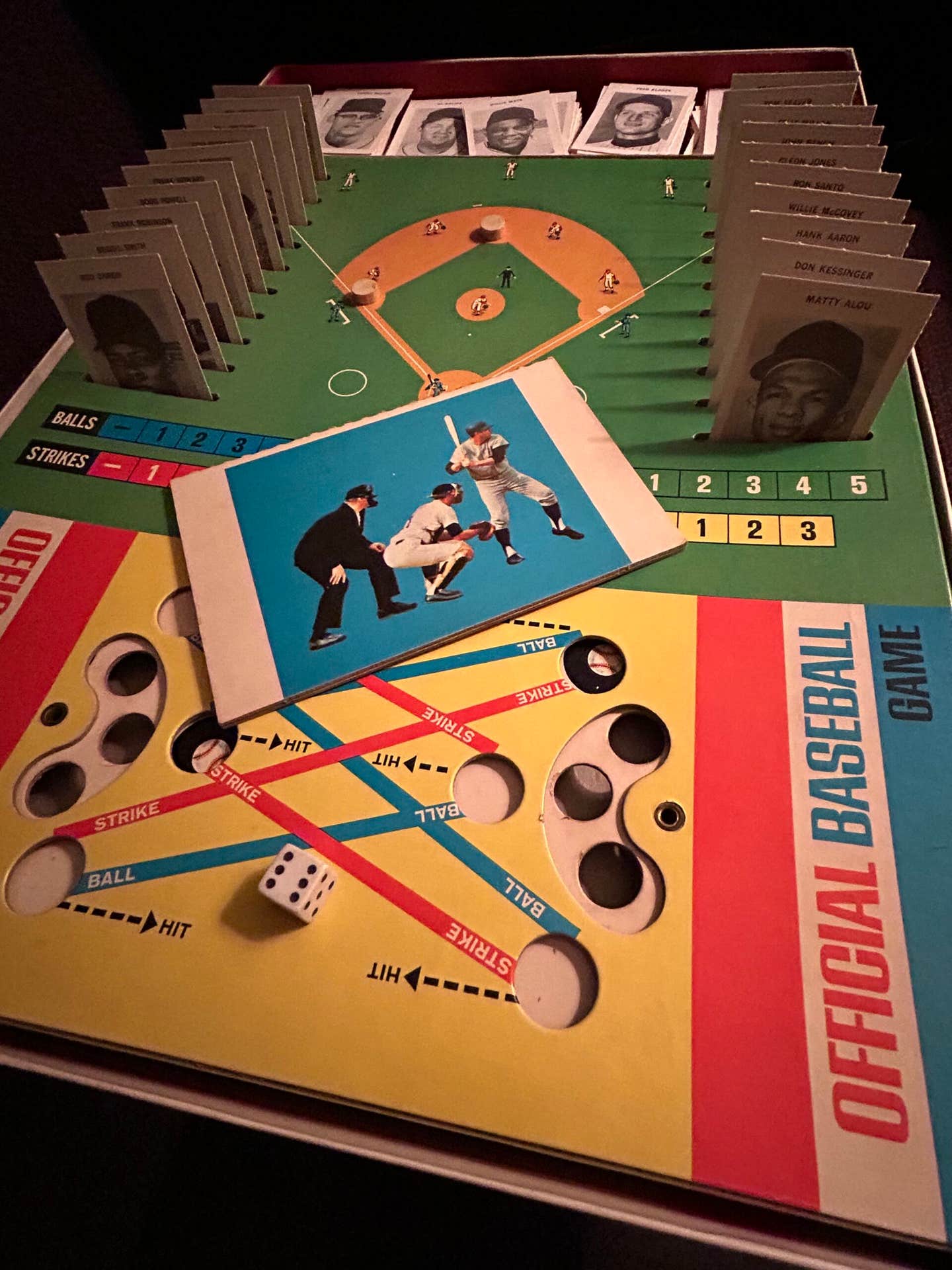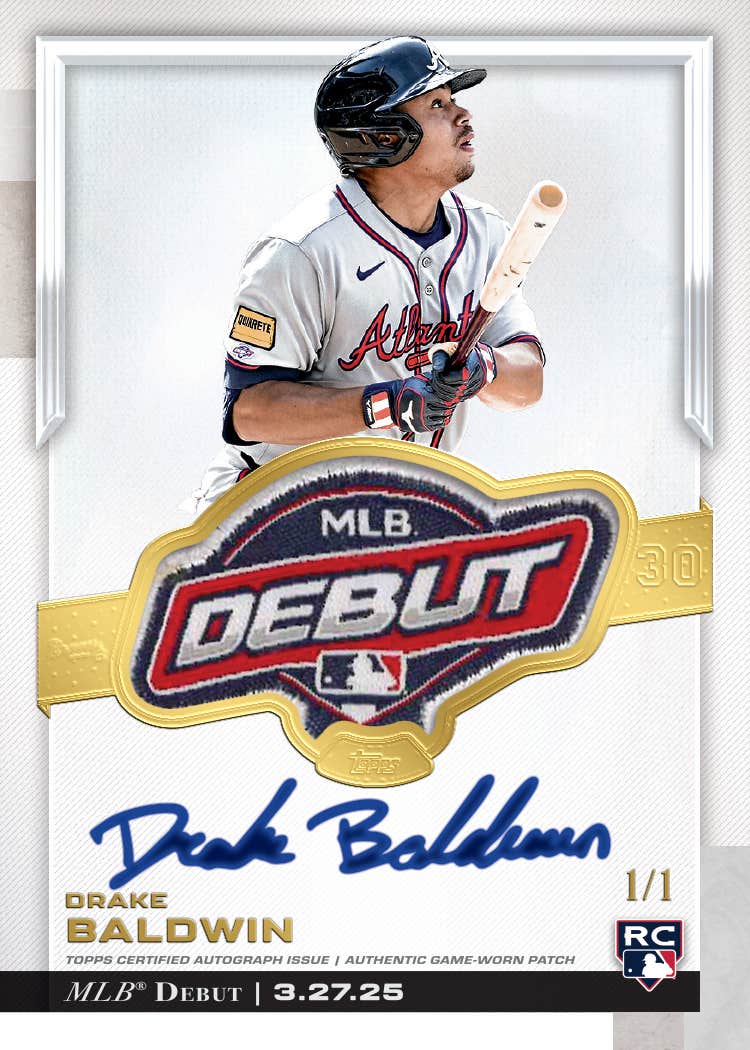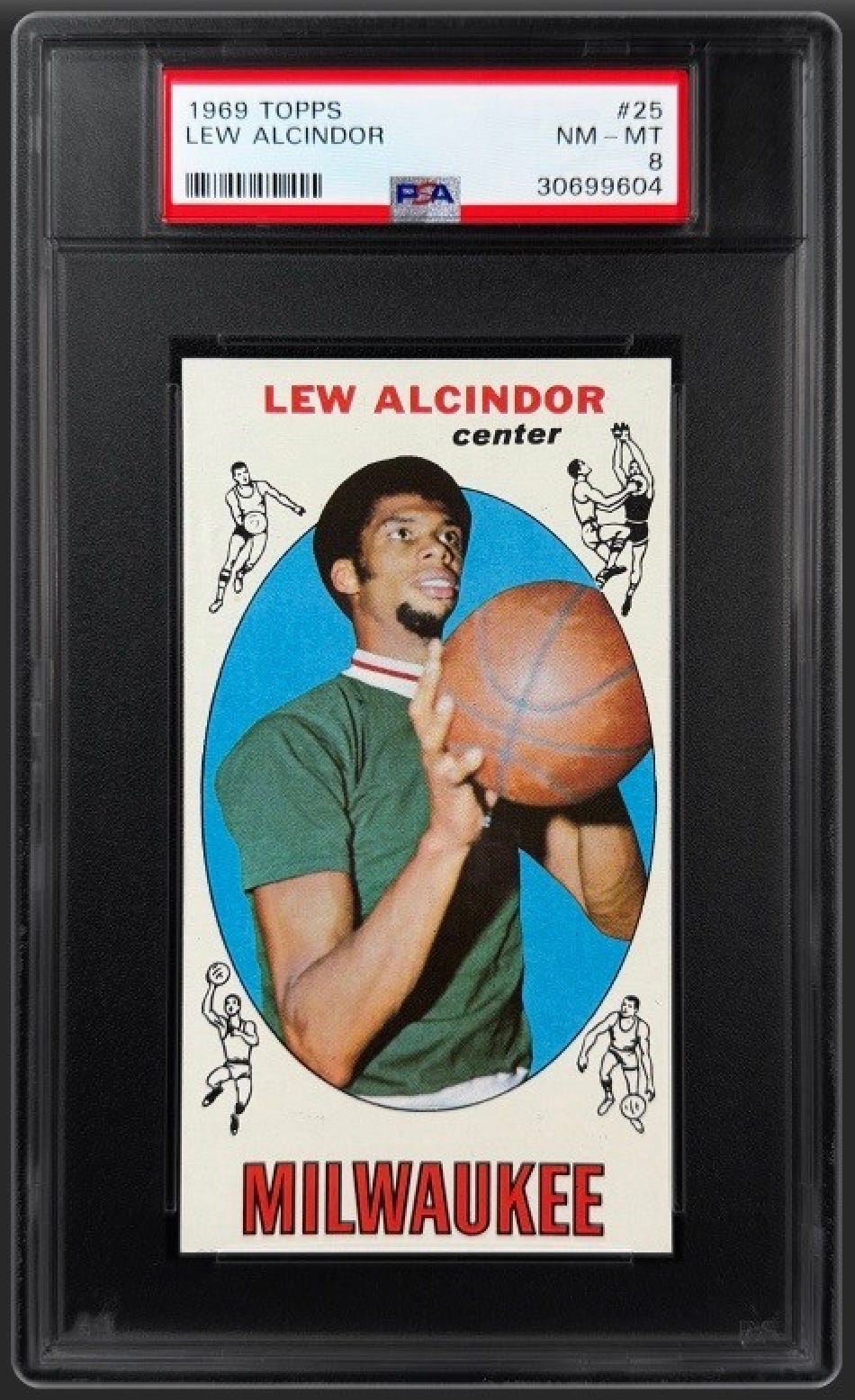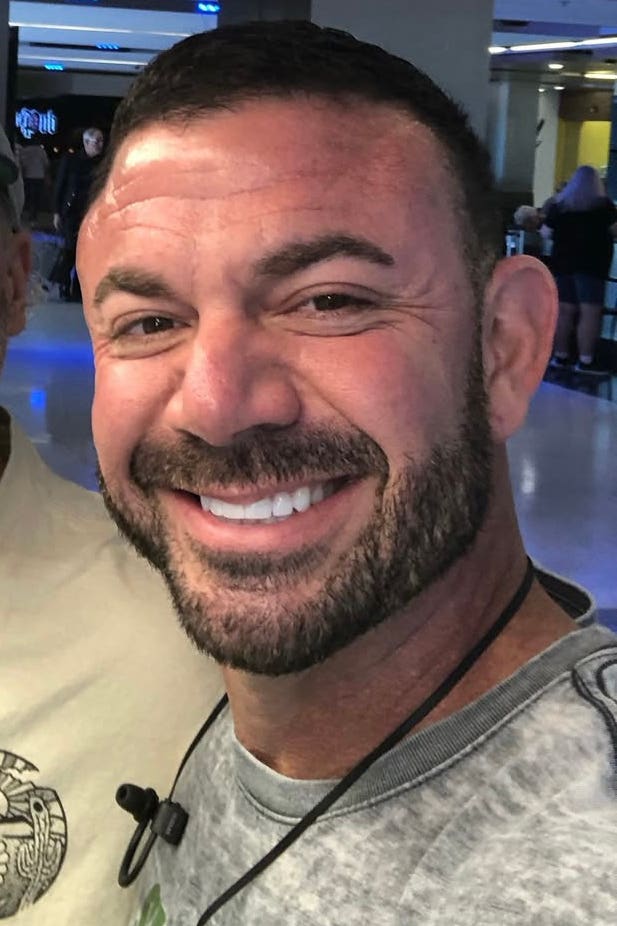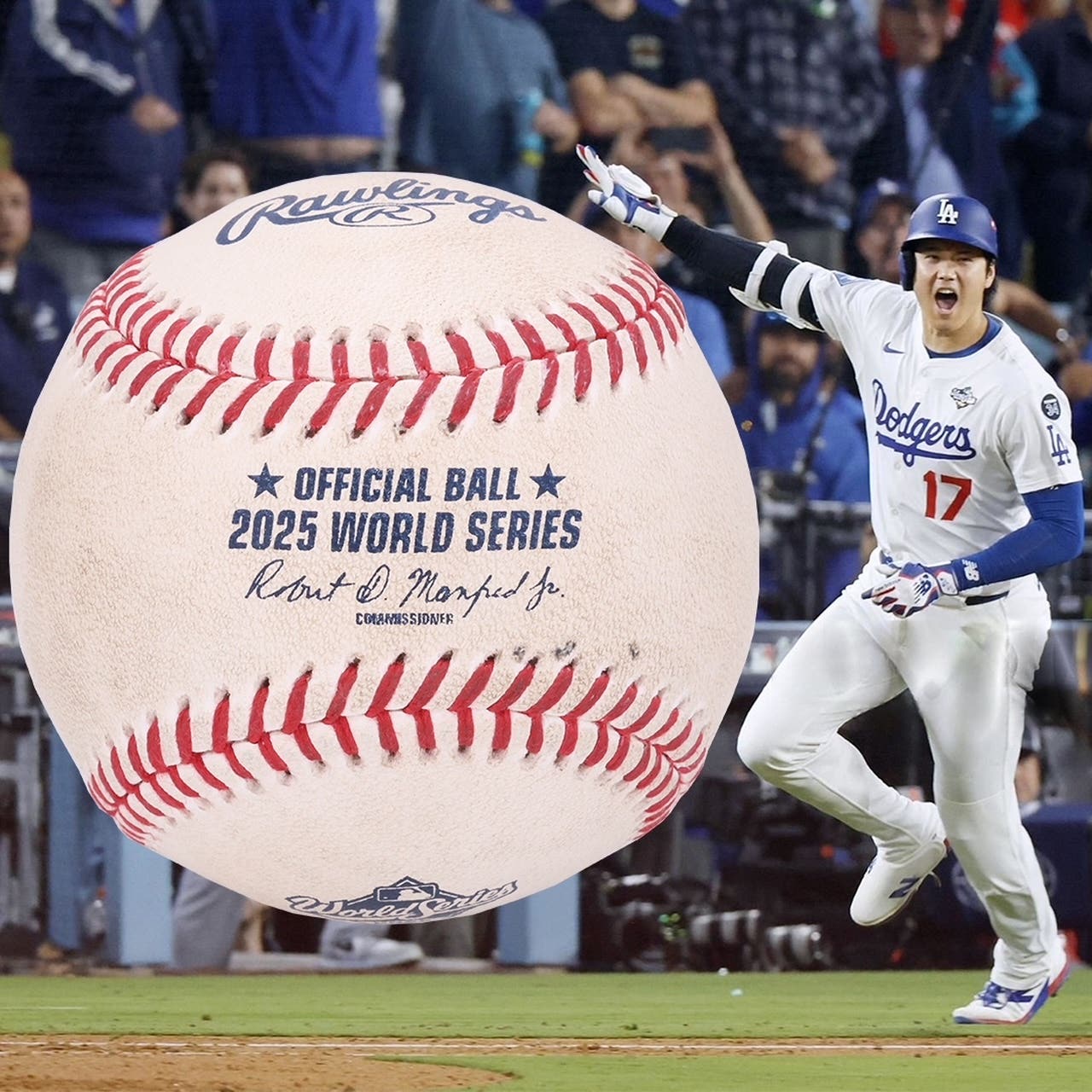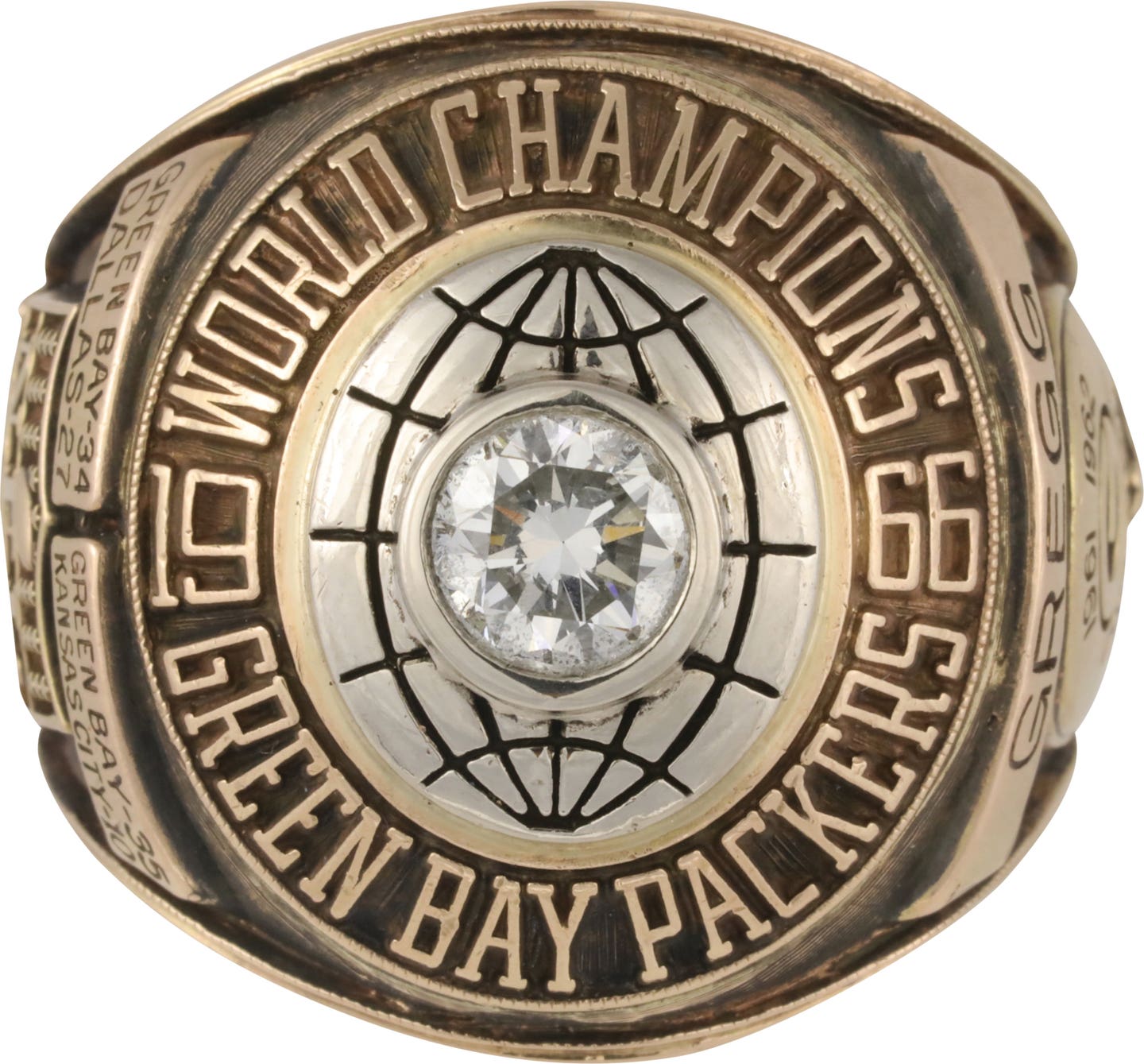Profiles
Glavine could be the last 300-game winner
At one time, Tom Glavine had to stop and think if someone asked what his favorite collectible might be.
That was before Aug. 5, 2007. Now the answer rolls off his tongue like a hard-breaking slider.
The Mets hurler owns a Mickey Mantle autographed baseball, Jerry Rice jersey and a Joe Montana football. However, they’ve all taken a back seat to the ball Glavine used to record his 300th victory, virtually assuring his place in Cooperstown that will eventually result in even more exciting memorabilia — the kind that comes from joining the Hall of Fame.
“I don’t have a whole lot of stuff, but the stuff that I have is pretty special to me,” he said.
Glavine donated his game-worn jersey from win No. 300 to the Hall, along with a game-used baseball autographed by himself and catcher Paul LoDuca. He kept the game’s final ball for himself.
In many respects, he approaches collecting the same as his craftsmanship on the mound – with quiet, steady determination.
“I like to get things from guys that I grew up watching as a kid,” Glavine said. “So they were pretty special for me to get. I wouldn’t consider myself a huge collector or go out of my way to get anything. If I have an opportunity and it’s not a big deal for me or the person I’m asking to sign it, then I like to get it.
“But I don’t like to make a big fuss out of it. As a kid, I collected bubble gum cards like everybody else. Nine out of 10 times they ended up on the wheel of my bicycle. I never saw them again.”
Among Glavine’s other favorite collectibles are two Cy Young Awards from 1991 and ’98, and a World Series ring and MVP Award from the 1995 Fall Classic in which Atlanta downed Cleveland. He also has plenty of items from being a 10-time All-Star.
One of the best lefties ever
A true all-around athlete, Glavine grew up near Boston and was a 1984 fourth-round (69th overall) selection of the NHL’s Los Angeles Kings, taken ahead of such future stars as Brett Hull and Luc Robitaille. That same year, the Braves made him a second-round draft choice. Three years later on Aug. 17, 1987, Glavine made his major league debut, starting down a path that places him among the game’s all-time great pitchers.
Glavine is just the fifth southpaw in baseball history to win 300 games, and some observers believe he might be the last hurler ever to reach this lofty plateau. Randy Johnson is next closest with 284, but chronic back problems threaten to cut short his chance at this milestone.
Five-man pitching rotations, specialized bullpens and an over-emphasis on pitch counts have made complete games almost a thing of the past, to the point that pitchers have trouble reaching 20 wins per season, let alone 300 for their career.
“I’m not a huge fan of pitch counts, but I understand it,” Glavine said. “I know when I went through the minor leagues, I don’t think there was much of or any pitch count. When I got to the big leagues, they kept a pitch count, but very seldom was it the huge determining factor in removing a pitcher like it is today.
“There’s a lot of money invested in pitchers. Teams that can keep their pitchers, particularly starters, healthy and keep running the same starting five out there all the time seem to be the teams that have the most success. I can understand teams being cautious and trying to do everything they can to keep their pitchers healthy.”
Glavine is a five-time 20-game winner, including three straight seasons (1991-93), and each time his win total led the league. In some respects, it can be said pitch counts keep starting hurlers from reaching their full potential, because they don’t have to work through tough situations.
“I do think that it’s taken a little bit away from a pitcher’s ability to pitch deep into a game, to learn how to pitch when they’re tired,” Glavine said. “Those are all things you have to try to do here at this level.
“But if you tax a guy too many times, you certainly have that problem. That’s what teams are trying to be mindful of. If you run a guy out there and he’s throwing 130 pitches a game for four or five straight games, there’s a pretty good chance you’re going to risk something happening.
“So much of it is a guy’s body, his makeup, the style of game he’s pitching. There’s some days you go out there and throw 80 pitches, but you’re in jams all the time. Physically, you feel like you’ve thrown 130 pitches. A lot of times you have to pay attention to the style of the game. In a perfect world, you have guys pitching deep into a game and their pitch counts would be in the low hundreds somewhere. It would probably be a perfect world for everybody if you could do that all the time.”
Pitching in a hitter’s world
Throughout the 1990s, Glavine, Greg Maddux and John Smoltz comprised one of the greatest mound trios in baseball history, largely responsible for the Braves’ unprecedented run of 14 straight division titles. Their accomplishments are even more incredible given the fact that they’ve worked their entire careers since the pitching mound was lowered from 15 inches to 10 inches.
“I certainly wouldn’t mind seeing it raised, maybe not back to the 15 inches it used to be, but maybe 11 or 12 (inches) wouldn’t be so bad,” Glavine said. “Since I’ve been playing, it seems that all the changes in the game have been geared around creating more offense. I think we’re certainly at a point where you have to at least start thinking about things to slow it down. With all the new ballparks that are being built, they’re all small and hitter friendly. Cincinnati and Philadelphia are kind of crazy.”
The Reds’ old home, Riverfront Stadium, was among Glavine’s favorites.
“I don’t know what it was about that place, but it seemed like all I had to do was show up and I was going to win,” he said. “So I was sorry to see that place go.”
Glavine considers Tony Gwynn, who joined the Hall of Fame this year, as the toughest hitter he ever faced.
“He was the consummate professional hitter and was so great at working the count, fouling off pitches and waiting for the pitcher to make a mistake to get something he could handle,” Glavine said. “He put a lot of time and effort into the craft of hitting, and it paid off for him.”
Glavine, of course, has been a model of pitching proficiency throughout his career.
“We get paid to go out there and win games,” he said. “You can deal with some no-decisions for a little while, but like anything, you don’t want those things to start piling up because it starts to play on your mind a little bit and you start trying to press a little bit too hard to win games.”
Even at 41, Glavine has shown little signs of slowing down.
“I can honestly say there isn’t anything I wish I could do on a baseball field that I can’t do now because of my age,” Glavine said. “I don’t feel that I’ve lost anything out there, that anything is any different. I don’t enjoy running the bases as much as I used to when I was 25 years old, but so what? In terms of pitching and fielding my position and how I feel between starts, I really don’t feel like much has changed. In that regard, I can still tell myself I’m 25.”
As a complete athlete, Glavine takes hitting almost as seriously as his mound work.
“I enjoy hitting,” he said. “It’s an important part of the game. I’ve always said that I’ll do enough things as a pitcher to give my manager a reason to take me out of the game. I don’t want to be taken out of a game because the manager views me as a guy who can’t handle the bat – specifically, not being able to lay down a bunt. I’ve always worked hard on that part of it.
“As far as the hitting goes, I’ve just worked hard enough to where I’m not an automatic out when I go up there. Every now and then, I want to at least be able to help myself, whether it be with a base hit or a walk or just making the opposing pitcher throw a few extra pitches. Not that I’m just standing in the batter’s box and everybody in the ballpark knows I’m an automatic out. I try to be a little bit better than that.”
From year to year, Glavine has strived to constantly better his game, mindful that he can’t rest on his laurels no matter how great they might be.
“I guess that’s the great part about this game,” he said. “There’s always things you can tweak a little bit and try to fix from time to time. I certainly have never felt like anything is perfect in any given year. There are always things you can do a little bit better or become a little bit more consistent with. I’m always trying to get a little bit more comfortable, a little more consistent in terms of my delivery.
“In terms of my game plan, I keep trying to add a few little things here and there to keep hitters off balance and not make them feel like they can get in the batter’s box and feel like they have a 100 percent idea of what it is I’m trying to do. There’s always subtle little adjustments you’re trying to make with your game plan to keep hitters off balance.”
Glavine is focused now, of course, on helping the Mets win their first World Championship since 1986.
“This game is momentum and confidence, and obviously momentum and confidence are on your side when you’re winning,” he said. “As a pitcher, we want to win games. You can take some satisfaction in pitching a good ballgame that you don’t personally partake in the win and your team wins. You can feel good about that. But you can only take so many of those. You want to go out there and be a part of the action, be a part of the fun.”



